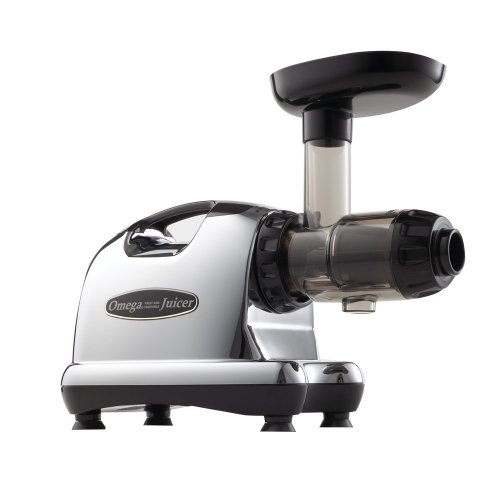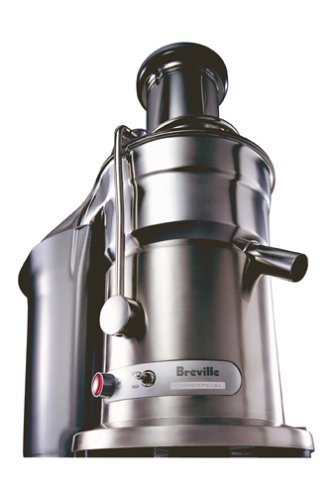This time of year, many building managers and building service contractors have to deal with the problem of icy sidewalks. To keep sidewalks safe, most building managers use an ice melting compound. There are dozens of ice melting products on the market today, so what's the difference? The active ingredient used in ice melt is usually a combination of one or more of the following ingredients:
Sodium chloride (rock salt). This is the most commonly used product, yet it has limited effectiveness in extreme cold and does not melt ice below 20 degrees. Rock salt does not chemically attack concrete, but it is corrosive to rebar and steel. This product is corrosive and can damage lawns, trees and shrubs.
Calcium chloride. This liquid is converted into pellets by removing the water. It can quickly absorb moisture from the atmosphere so it can work at extremely low temperatures, down to -25 degrees. The cost is generally higher for an ice melt that contains calcium chloride. Calcium chloride can also damage nearby lawns and other vegetation.
Magnesium chloride. This is similar to calcium chloride. It is considered less corrosive, safer for use on concrete and less damaging to plants.
Potassium chloride and urea. These are chemicals commonly found in fertilizer, but that does not mean they are safe around vegetation. At high concentrates these chemicals are harmful to plants. Since urea does not contain chlorides it is less corrosive and safer to use on concrete containing rebar and around steel structures.
Ice melting products may also contain sand or clay additive to help with traction.
How the products work. All deicers basically work the same. Deicers work by attracting moisture to form a liquid brine to generate heat to melt the ice. The product must reach the pavement to become effective. Once on the pavement this "brine" can spread out on the ice and break its bond with the pavement. As the ice is loosened it can be more easily shoveled away.
The rate of melting depends on how fast the specific chemical reacts to the existing moisture. Ice melting products work best if applied before snow or ice accumulates. Spread the ice melt thinly over the surface. In very cold weather it may be helpful to add some water to the product to begin the melting process as it is the chemical solution of the product and water that actually does the work.
Determining product effectiveness. One of the first things to look at is the range of temperatures that a product will work in a reasonable time period, generally 15 to 20 minutes. Calcium chloride works in the coldest temperatures, and magnesium chloride and sodium also rank high in this category.
An ice melter must dissolve into a solution quickly to be effective. Since calcium chloride and magnesium chloride are liquids in their natural states they return to a liquid quickly. Then when these chemicals come in contact with water a reaction is caused that gives off heat to melt ice and snow. Overall, calcium and sodium chloride rank the highest in effectiveness based on speed.
No matter which ice melt you decide to use keep the following tips in mind:
*Don't over apply the chemical; follow the instructions on the label.
*Don't try to melt everything. Before applying ice melt, make sure any snow accumulation has been shoveled or brushed off.
*Wear gloves when applying ice melt. The chemicals in some products can irritate skin.
*Make sure the container is tightly sealed when storing the product. Ice melt products can absorb moisture from the air and harden.
*Don't use ice melt on new concrete that has not fully cured.
*All products will have some impact on the environment. If you suspect plants have been damaged from runoff (look for stunted growth, portions of the plant dying back, browning of foliage), flush the area with plenty of water in the spring.
 | Price : $299.99
| Price : $299.99









